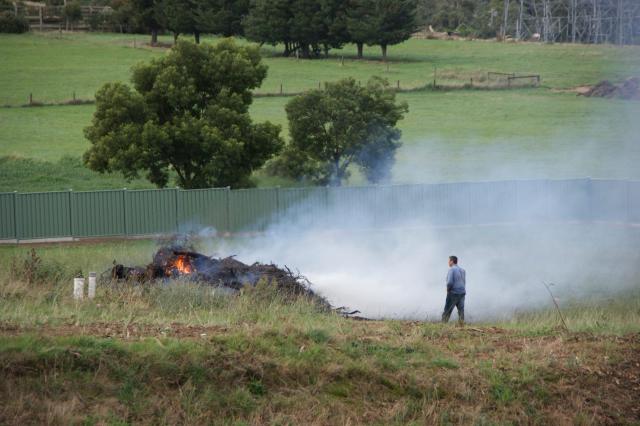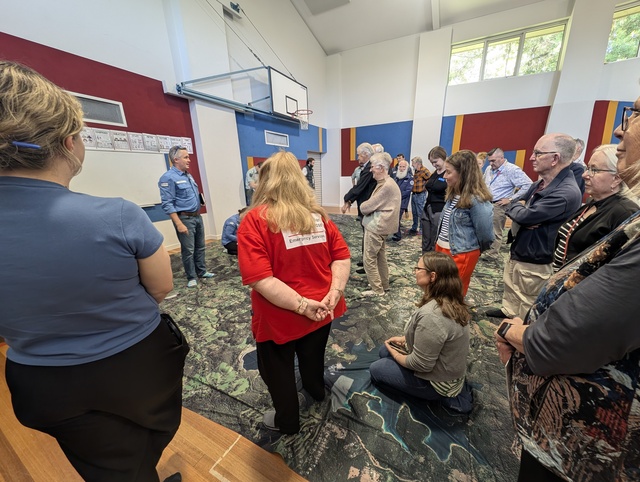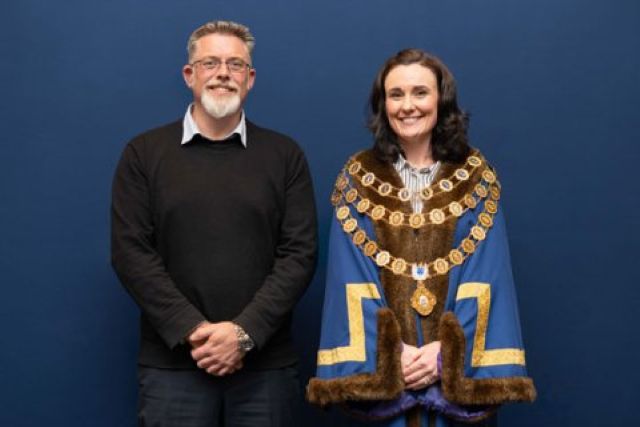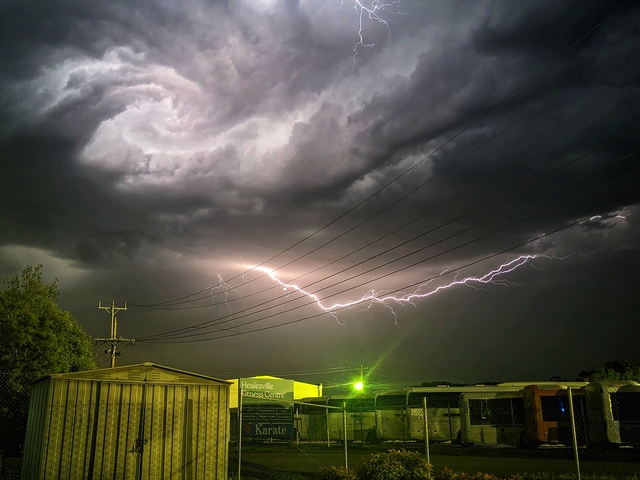The Fire Danger Period was lifted throughout the Dandenong Ranges and Yarra Valley from 11 April, allowing residents to begin planning their burn-offs.
While cooler and wet weather makes for a perfect opportunity to do so, it’s important to make sure you are equipped with all the right advice to keep your property safe.
Wesburn/Millgrove CFA Captain Sascha Grant said he is sure there were many residents almost standing by with a box of matches in hand as restrictions ended.
“We’ve definitely seen a big tick in burn-offs at this time in previous years, and we’ve certainly got more fire in the environment at the moment but we certainly don’t get the number of call outs you’d expect,” he said.
“We have a really fire-wise community and a really respectful community that we couldn’t be more thankful for, residents at least around us are very well behaved and do the right thing, which is perfect.”
Yarra Ranges Council restrictions on burn-offs still remain in place, such as the categorisation of properties as urban, bushland or rural, to help keep open-air burns safe.
Mr Grant said you should always keep your fire sizes manageable, even if it means doing a few small burns over a few days.
“If you keep it a metre by a metre at a time, that’s really manageable because you need to stay in attendance and watch it and you need to have sufficient capacity to extinguish that fire and stop it getting out of control if needed,” he said.
“The most important thing is to register it, it’ll ask you for your address, the size, what things you are burning and roughly when it will start and be extinguished. That way if somebody rings in that there is a fire, the operator can confirm where it’s likely to be a burn-off and it means that we’re not under the same pressures to rush there.”
It is strongly recommended to advise neighbours of a burn-off beforehand to alleviate any concerns.
Mr Grant said there are some key warning signs to be prepared for and do not hesitate to call Triple Zero if it gets out of hand.
“If it’s anything over 19 kilometres an hour so more than a brisk breeze, you might have embers that will start to travel away and for that reason, there’s also a requirement to have a three-metre fire break and stay in attendance,” he said.
“Think about what you are wearing, wear natural fibres and things that won’t catch fire themselves and have a garden hose and buckets of water ready to go so you can douse the edges of the fire if you need to.”
The cooler autumn months also provide a great time for CFA to conduct planned burns to reduce potential bushfire risk. Combined with weather conditions, this can result in smoke hanging over parts of the state.
CFA Chief Officer Jason Heffernan said although CFA and Forest Fire Management Victoria (FFMV) work closely with the Environment Protection Authority (EPA) and Bureau of Meteorology to keep smoke impact as low as practically possible, smoke in our regional and rural areas can come from a number of sources.
“Along with the important planned burns that are conducted in our forests, parks and reserves led by FFMV and the many kms of road, rail and grassland burns that are led by the CFA, this time of year also sees a large amount of smoke coming from the necessary burn-offs that our farmers and rural property holders complete,” he said.
“These are part of traditional farming practices where burning off of crop stubble is often needed to kill off weeds and return nutrients and carbon back into the soil.”
Wood heaters and fires that will certainly be in full use in households can also leave smoke settled in the vicinity.
Mr Heffernan said localised smoke or smoke haze can often be misinterpreted as coming from planned burns from a long way away.
“As the weather conditions continue to become favourable for lower-intensity burning, we will look to conduct the most suitable burns-offs to ensure that our dependant native bush and grasslands are benefitting and avoid much more devastating high-intensity bushfires,” he said.
“We rely upon all Victorians to spread the message and continue to support us in the delivery of our burning programs.”
Remember to check fire restrictions in your area and always register your burn at www.firepermits.vic.gov.au or by calling 1800 668 511.







